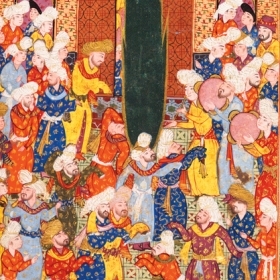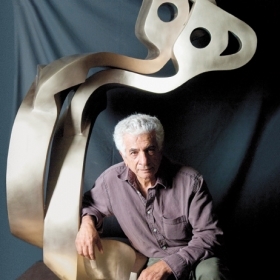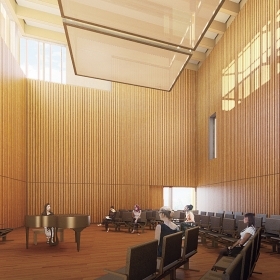The unfolding crisis in Iraq and Syria was painfully present at the College in September, as scholars, cultural-heritage specialists, and journalists gathered to focus on the recent destruction of Middle Eastern antiquities.

A detail of a relief carving at Nimrud, dating from around 860 B.C.E.
The unfolding crisis in Iraq and Syria was painfully present at the College in September, as scholars, cultural-heritage specialists, and journalists gathered to focus on the recent destruction of Middle Eastern antiquities.
“Demolished buildings and bludgeoned artifacts are as much a part of the Islamic State formation as are beheadings, mass slaughter, and immolations,” said Ed Silver, assistant professor of religion, an organizer of the gathering. “In each case, the past erasure is a crime against the future.”
Earlier this year, the Islamic State—also known as Da’esh or ISIS—reduced the monumental ruins of Palmyra, a World Heritage site, Nimrud, a 3,000-year-old Assyrian city, and other sites to rubble. The United Nations termed the annihilation at Palmyra a war crime.
Panelists at the conference—“Erasing the Past: Da’esh and the Crisis of Antiquities Destruction,” organized by the departments of religion and history—discussed the history of Da’esh, its reasons for destroying antiquities, the ethics of using looted artifacts in scholarly work, and more. “Lacking the ability to project power sufficient to block the aims of Da’esh, the only recourse that remains to us, as scholars and civilians, is to … strengthen civil society, and to shore up fragmented institutions. Each of the speakers here today has been doing exactly this,” said Silver.


